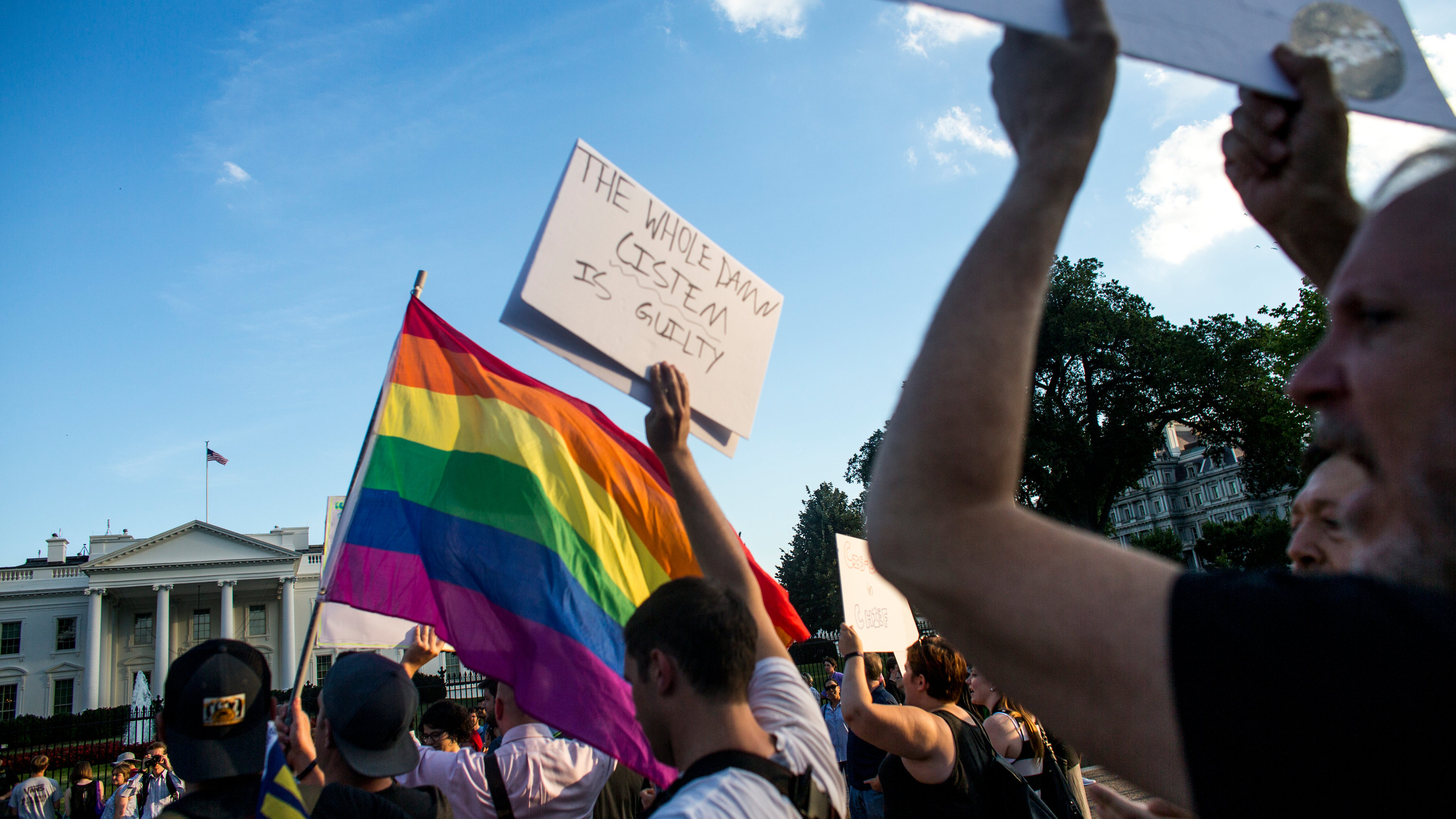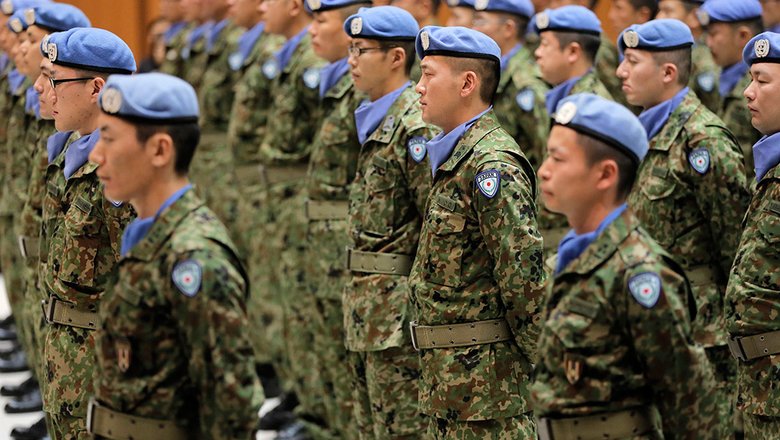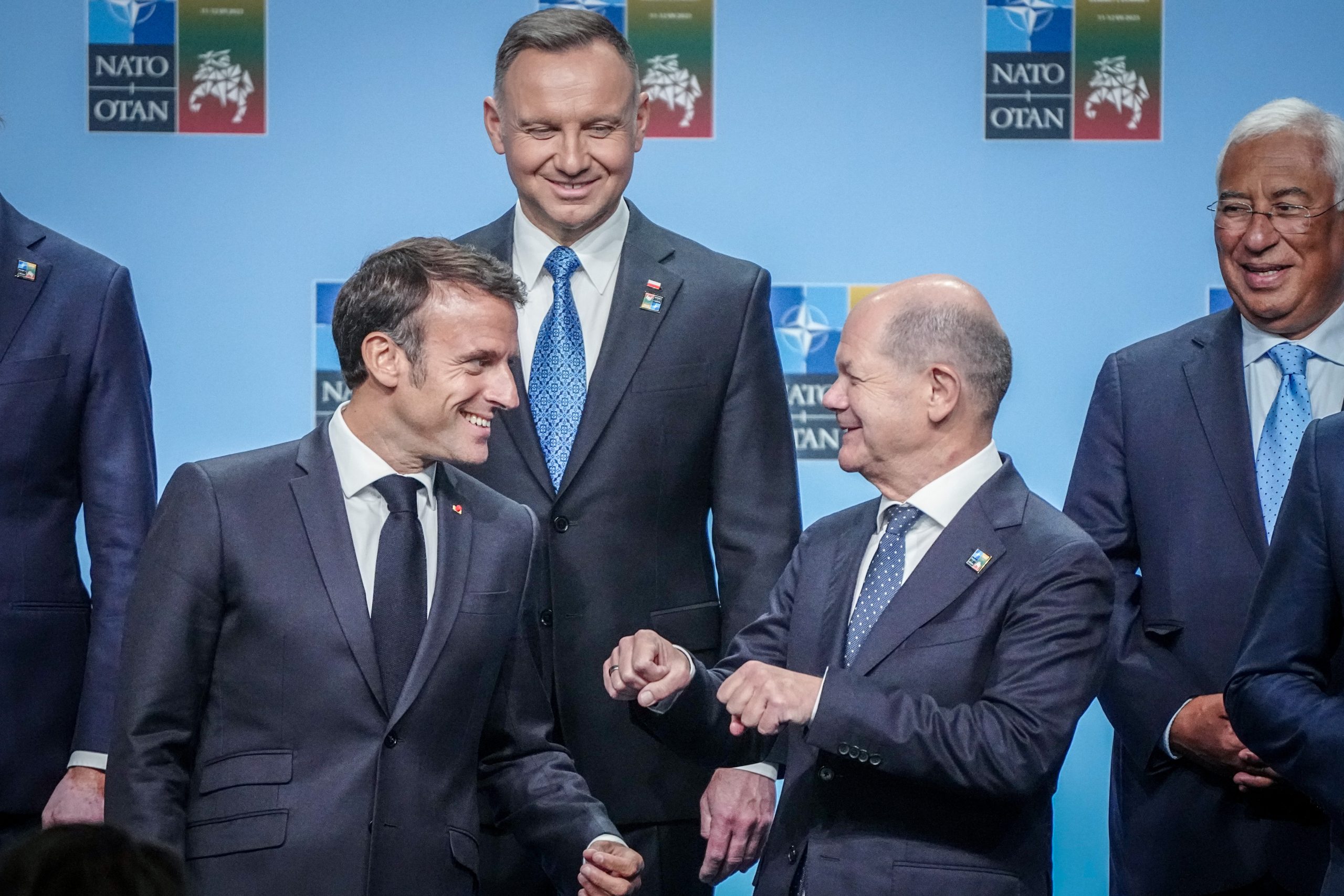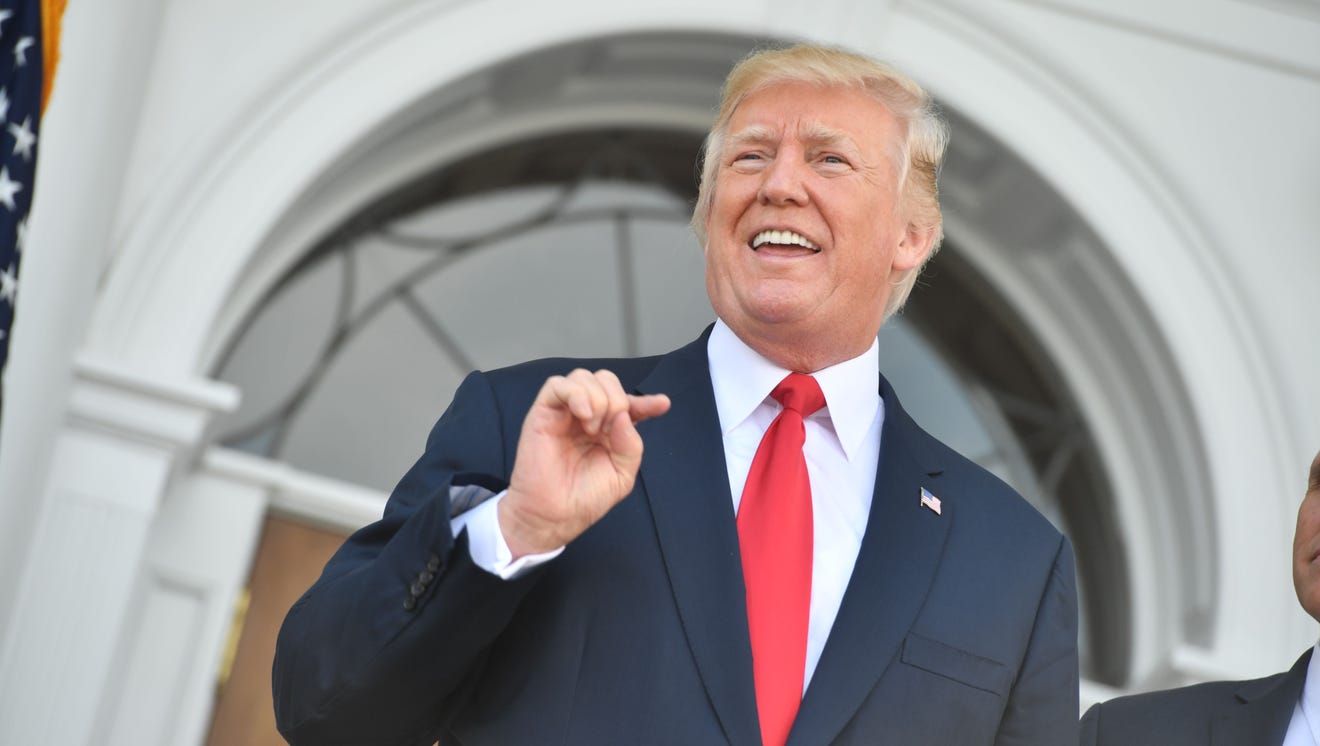Trump's Transgender Military Ban: Unpacking The Controversy

Table of Contents
In 2017, the Trump administration announced a ban on transgender individuals serving openly in the U.S. military. This controversial decision, known as the Trump transgender military ban, sparked immediate and intense debate, leading to numerous legal challenges, widespread protests, and a significant impact on the lives of transgender service members and the broader LGBTQ+ community. This article unpacks the key arguments surrounding this policy, examining its implementation, legal battles, lasting effects, and the subsequent reversal under the Biden administration.
The Policy's Genesis and Implementation
The Initial Announcement and Public Reaction
The Trump administration's announcement of the transgender military ban came via a series of tweets and statements on August 26, 2017. The stated reasoning centered on concerns about the costs of healthcare for transgender service members, potential disruptions to unit cohesion, and perceived impacts on military readiness. This decision was met with swift and widespread condemnation. LGBTQ+ rights organizations, along with numerous politicians and celebrities, immediately denounced the ban as discriminatory and unjust. Protests erupted across the country, highlighting the deep-seated opposition to the policy.
- Date of announcement: August 26, 2017
- Key figures involved: President Donald Trump, Secretary of Defense James Mattis, various military officials.
- Initial reactions: Immediate condemnation from organizations like the American Civil Liberties Union (ACLU), Human Rights Campaign (HRC), and GLAAD; statements of support from conservative groups; mixed reactions from within the military.
- Social media response: Overwhelming negative response on platforms like Twitter and Facebook, with hashtags like #TransgenderMilitaryBan trending globally.
Legal Challenges and Court Battles
The Trump transgender military ban faced immediate and sustained legal challenges. Numerous lawsuits were filed by transgender service members and LGBTQ+ rights organizations, arguing that the ban violated the equal protection clause of the Fifth Amendment and constituted unlawful discrimination. The legal battles spanned several years, with courts issuing conflicting rulings. Some courts issued injunctions temporarily blocking the ban's implementation, while others upheld aspects of the policy. Ultimately, the courts largely sided against the ban, paving the way for its eventual reversal.
- Key organizations and individuals: ACLU, Lambda Legal, individual transgender service members.
- Key legal arguments: Violation of equal protection rights, due process violations, discrimination based on gender identity.
- Significant court rulings: A series of district court rulings and appeals, with the Supreme Court ultimately declining to hear the case.
Arguments For and Against the Ban
Arguments in Favor of the Ban
Proponents of the ban often cited concerns about the costs of providing healthcare for transgender service members, potential disruptions to unit cohesion, and a perceived negative impact on military readiness. They argued that transitioning could create logistical and operational challenges, and that the associated medical costs would place an undue burden on the military budget. However, these arguments were largely refuted by studies showing minimal impact on readiness and cost.
- Claims about military readiness: Arguments focused on potential distractions during training and deployments, unsubstantiated claims of reduced combat effectiveness.
- Cost estimates: Highly variable and often exaggerated cost projections were used to justify the ban. Independent analyses showed these estimates to be inaccurate.
- Arguments related to unit cohesion: Claims of potential disruption, though lacking substantial evidence, were often presented.
Arguments Against the Ban
Opponents of the ban argued that it constituted blatant discrimination against transgender individuals, violating their constitutional rights to equal protection and due process. They pointed out that transgender individuals have served honorably in the military for years, and that excluding them based on gender identity is both unfair and harmful. Furthermore, opponents highlighted the negative impact on recruitment and retention of qualified personnel.
- Violation of equal protection rights: The ban was seen as a direct violation of the Fifth Amendment's guarantee of equal protection under the law.
- Impact on recruitment and retention: The ban discouraged qualified transgender individuals from considering military service, leading to a loss of talent and expertise.
- Human rights considerations: The ban was criticized for violating international human rights standards that protect against discrimination based on gender identity.
The Long-Term Impact and Current Status
Reversal of the Policy Under the Biden Administration
On January 25, 2021, President Biden issued an executive order rescinding the Trump transgender military ban. This decision marked a significant victory for transgender rights advocates and signaled a commitment to inclusivity within the military. The Biden administration reinstated the Obama-era policy allowing transgender individuals to serve openly.
- Date of the policy reversal: January 25, 2021
- Key statements: President Biden’s emphasis on diversity, inclusion, and equal opportunity within the armed forces.
- Changes implemented: Resumption of healthcare coverage and opportunities for transgender service members.
Ongoing Challenges and Debates
Despite the reversal of the ban, challenges remain. Transgender service members continue to face obstacles, including access to adequate healthcare, instances of discrimination and harassment, and the need for ongoing education and awareness within the military. Debates persist regarding the optimal implementation of inclusive policies and the need for further legislative protections.
- Issues related to healthcare access: Ensuring affordable and accessible healthcare remains a significant challenge.
- Reports of continued discrimination: While the ban is lifted, instances of bias and prejudice can still occur.
- Discussions regarding further policy improvements: Continued work is needed to foster a fully inclusive and equitable environment.
Conclusion
Trump's transgender military ban remains a deeply significant and controversial event in the ongoing struggle for LGBTQ+ rights. This article has explored the policy's genesis, implementation, legal battles, and ultimately, its reversal. While the Biden administration's action marks a crucial step toward inclusion, significant challenges persist. Ensuring the full and equal participation of transgender individuals in the U.S. military requires sustained commitment to eliminating discrimination, providing equal access to resources, and fostering a culture of respect and acceptance. Understanding the complexities surrounding the Trump transgender military ban is vital to achieving a truly inclusive and equitable military for all. Let's continue the conversation and work towards a military where all individuals can serve openly and with dignity, regardless of gender identity.

Featured Posts
-
 Is Figmas Ai The Future Of Design Software A Competitive Analysis
May 10, 2025
Is Figmas Ai The Future Of Design Software A Competitive Analysis
May 10, 2025 -
 Podpisanie Oboronnogo Soglasheniya Makronom I Tuskom Razbor Novostey Ot 9 Maya
May 10, 2025
Podpisanie Oboronnogo Soglasheniya Makronom I Tuskom Razbor Novostey Ot 9 Maya
May 10, 2025 -
 174 Billion Lost How Trumps Tariffs Impacted Top Billionaires
May 10, 2025
174 Billion Lost How Trumps Tariffs Impacted Top Billionaires
May 10, 2025 -
 Frances Call For A Joint European Nuclear Deterrent
May 10, 2025
Frances Call For A Joint European Nuclear Deterrent
May 10, 2025 -
 Trumps Transgender Military Ban Deciphering The Double Speak
May 10, 2025
Trumps Transgender Military Ban Deciphering The Double Speak
May 10, 2025
